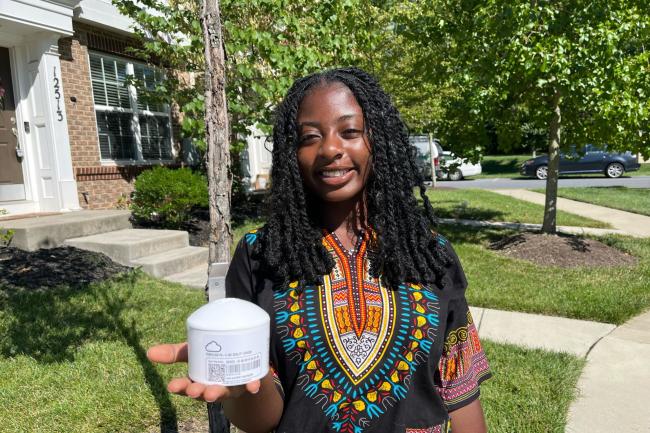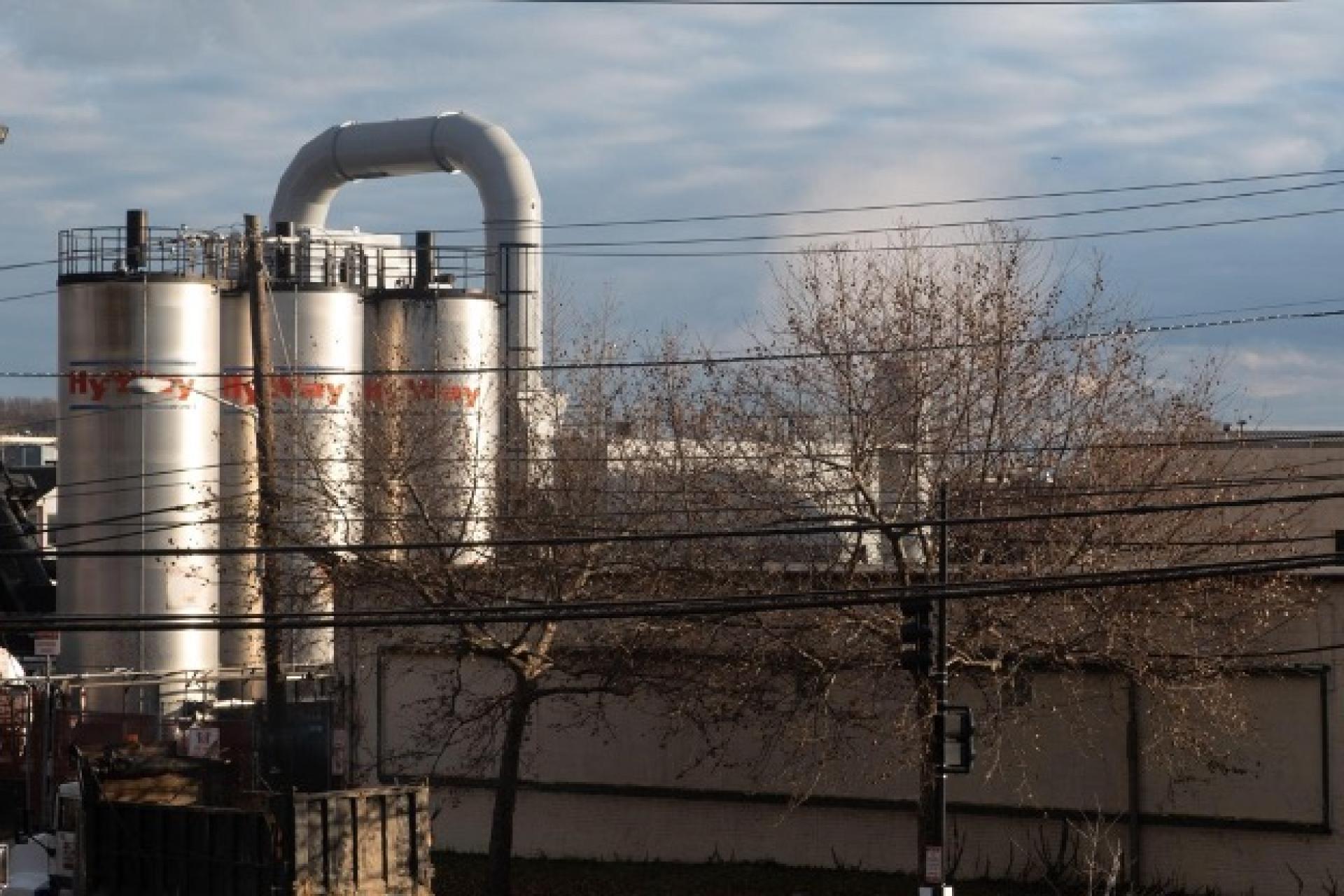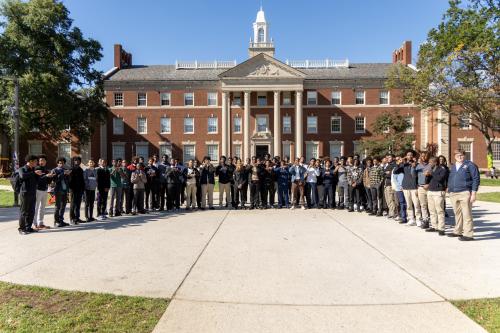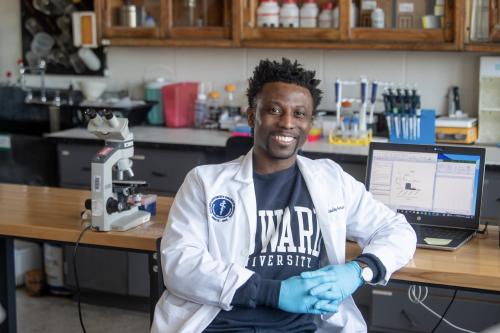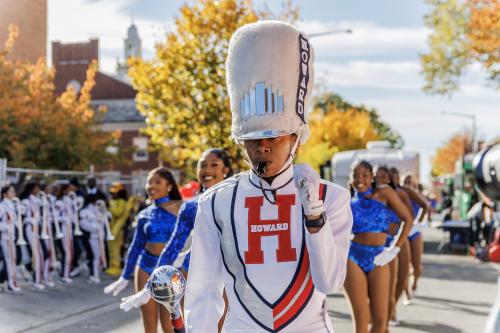Since 2021, Amy Y. Quarkume, PhD, has investigated the impacts of environmental data bias on eight Black, Brown, and Indigenous communities across the United States.
Quarkume is an Africana Studies professor and the graduate director of Howard University's inaugural Center for Applied Data Science and Analytics program.
Through in-depth interviews with community members, modeling, and mapping, her team of college, high school, and middle school researchers have already identified significant disparities in environmental data representation.
“What happens when your local news station, state Department of Environmental Quality or the federal Environmental Protection Agency can’t disclose what is in the colored skyline and funny odor you smell in the morning—not because they don’t want to give you the information, but because they don’t know how to give you data that is specific to your community and situation?” Quarkume said.
In 2020, the National Oceanic and Atmospheric Administration (NOAA) announced its strategy to “dramatically expand the application of artificial intelligence (AI) in every NOAA mission area.” However, as algorithms provided incredibly powerful solutions, they simultaneously disenfranchised marginalized populations.
Quarkume and her team’s findings highlight various challenges: inadequate environmental data collection sites, uneven dissemination of environmental information, delays in installing data collection instruments, and a lack of inclusive community voices on environmental concerns. The team argues that implementing AI in this domain will “dramatically expand” historical and chronic problems.
Imagine a world where there is clean air for all. In order to make that happen, we would need to collect enough data on some of our most at-risk communities to begin to model such a reality.”
The multi-year “What’s Up with All the Bias” project, funded by the National Center for Atmospheric Research’s Innovator Program, connects questions of climate change, race, AI, culture, and environmental justice in hopes of emphasizing the true lived realities of communities of color in data. Black and Hispanic communities are exposed to more air pollution than their white counterparts and left to deal with the effects of environmental racism as the new Jim Crow. The project’s intersectional approach skillfully magnifies the negative effects of climate change.
Community organizer and lifelong D.C. resident Sebrena Rhodes thinks about air quality often.
The environmental activist has been outspoken about inequalities in air pollution, urban heat, and other environmental justice issues in the Ivy City and Brentwood neighborhoods for years, even prior to a nationwide increase in air quality app usage. In the wake of this summer’s ongoing Canadian wildfires, Rhodes is especially vigilant.
“Because of the wildfires in Canada, our poor air quality was further exacerbated,” said Rhodes. “Our air quality, per the Purple Air monitor placed at the Ivy City Clubhouse, went up to 403 which was one of Ivy City's worst AQ days ever!”
Purple Air monitors provide community stakeholders with hyperlocal air quality readings that can help them shape their day-to-day experiences.
“We check the air quality in the morning, during the lunch hour, and around 2 p.m. Purple Air gives us results of our air quality in real time, every 10 minutes. The data [updates] throughout the day,” Rhodes said.


